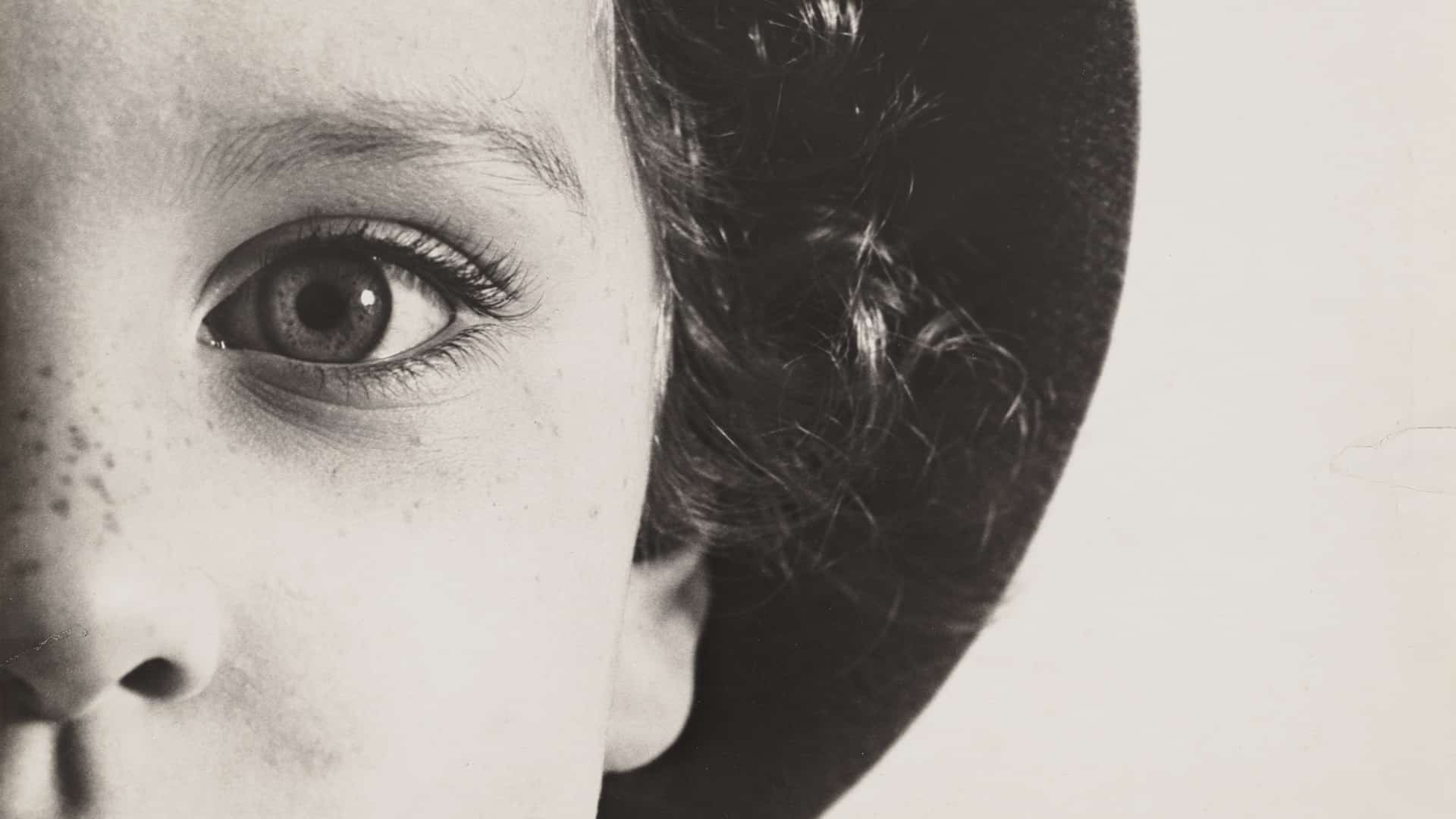The Jeu de Paume is showcasing the first exhibition in France devoted to the Thomas Walther Collection of photography, one of the pillars of MoMA’s modern collection. Covering 230 images, out of 350 total, “Masterworks of Modern Photography 1900–1940: The Thomas Walther Collection” spotlights the European and American art networks of the 1920s which invented photographic modernity.

You’re getting blind.
Don’t miss the best of visual arts. Subscribe for $9 per month or $108 $90 per year.
Already suscribed ?
Read more: Ruth Orkin : Stolen Moments


